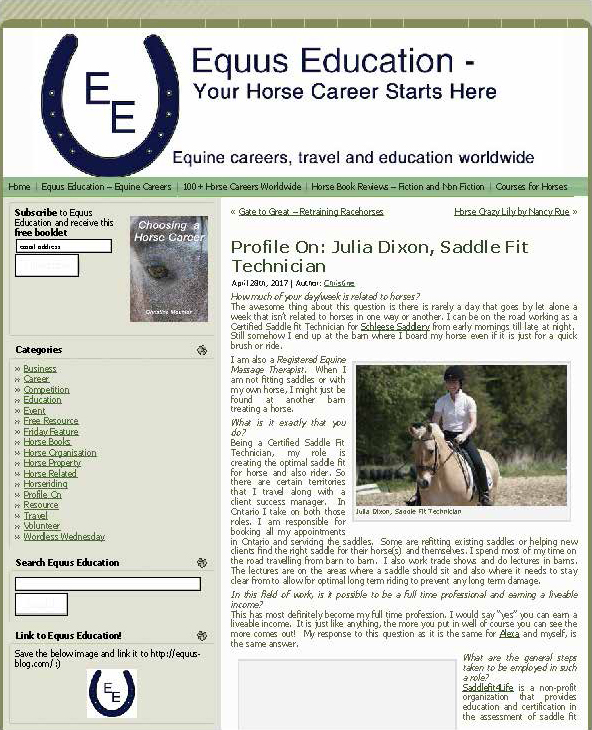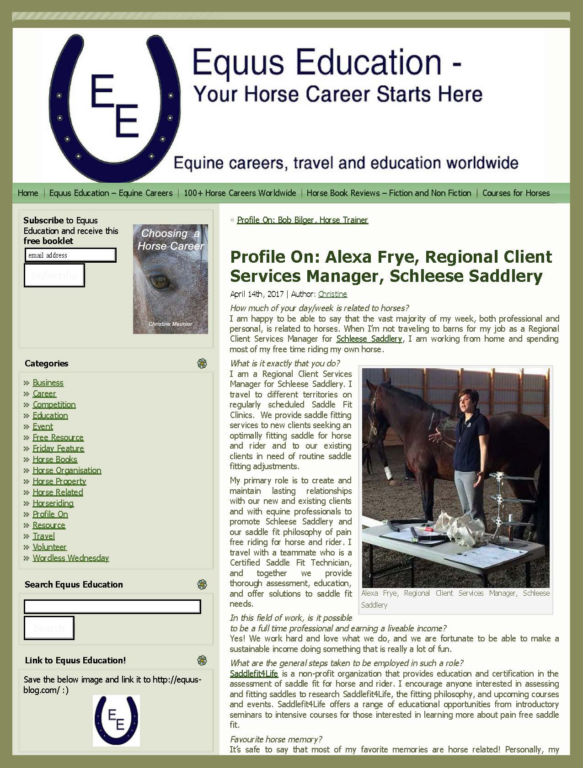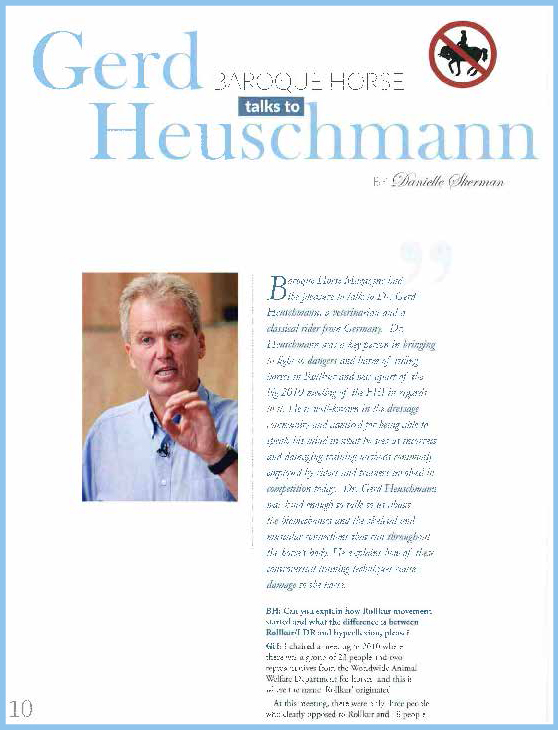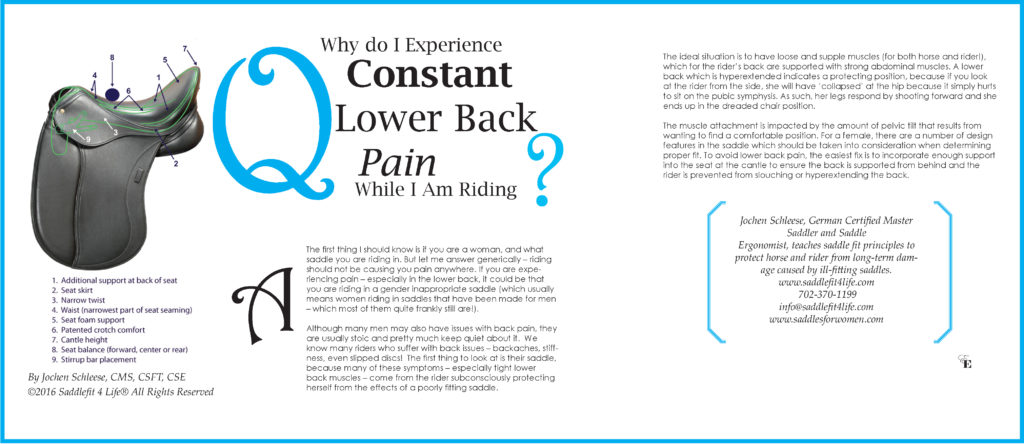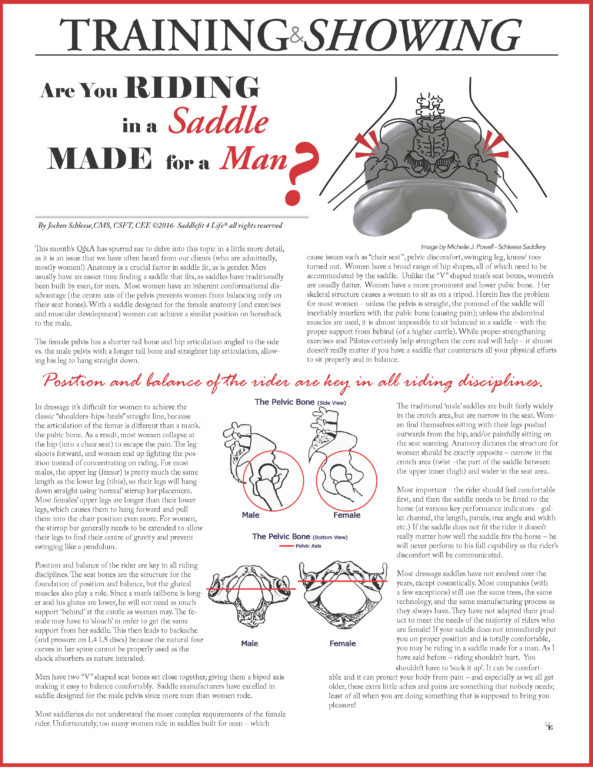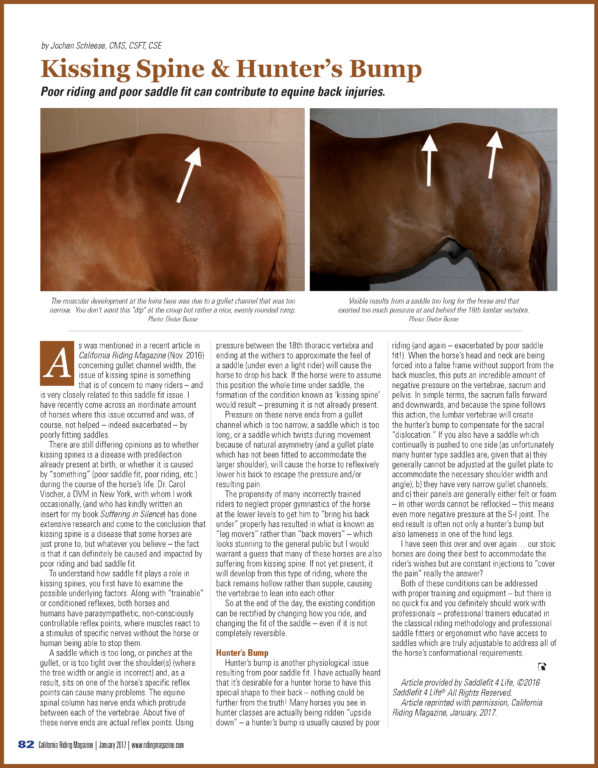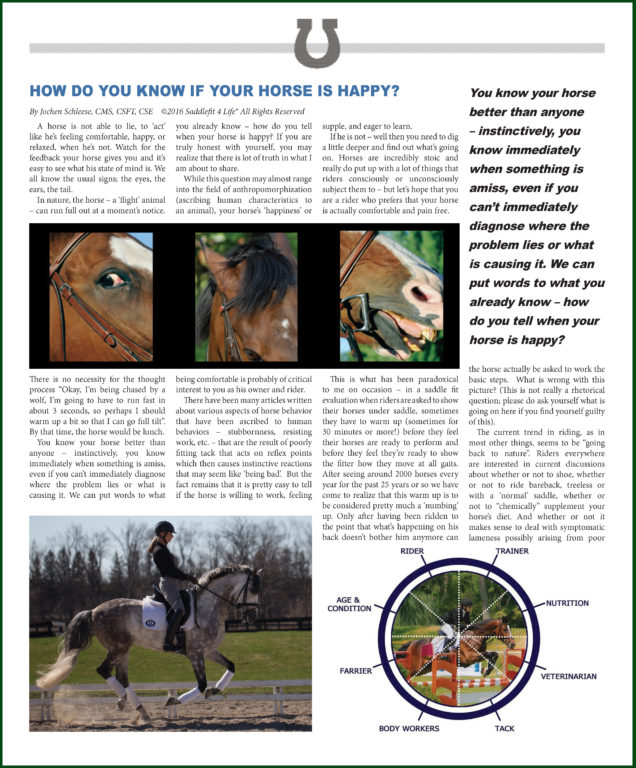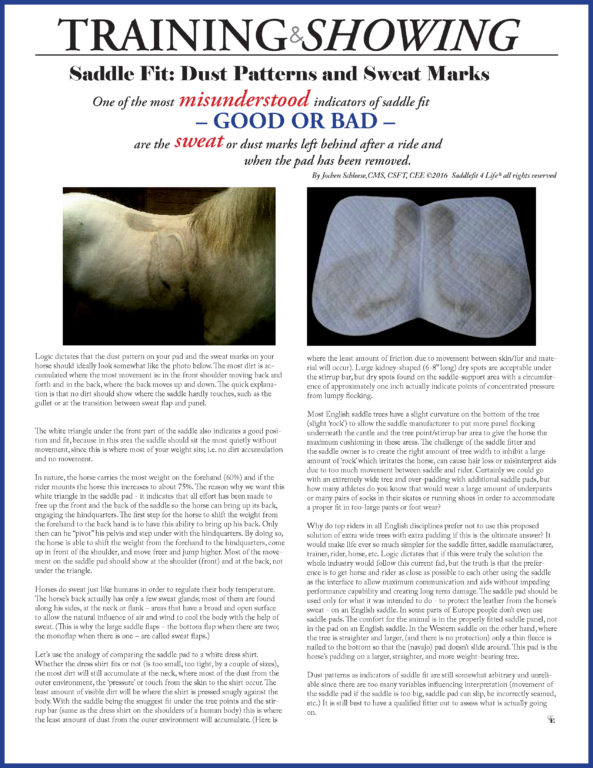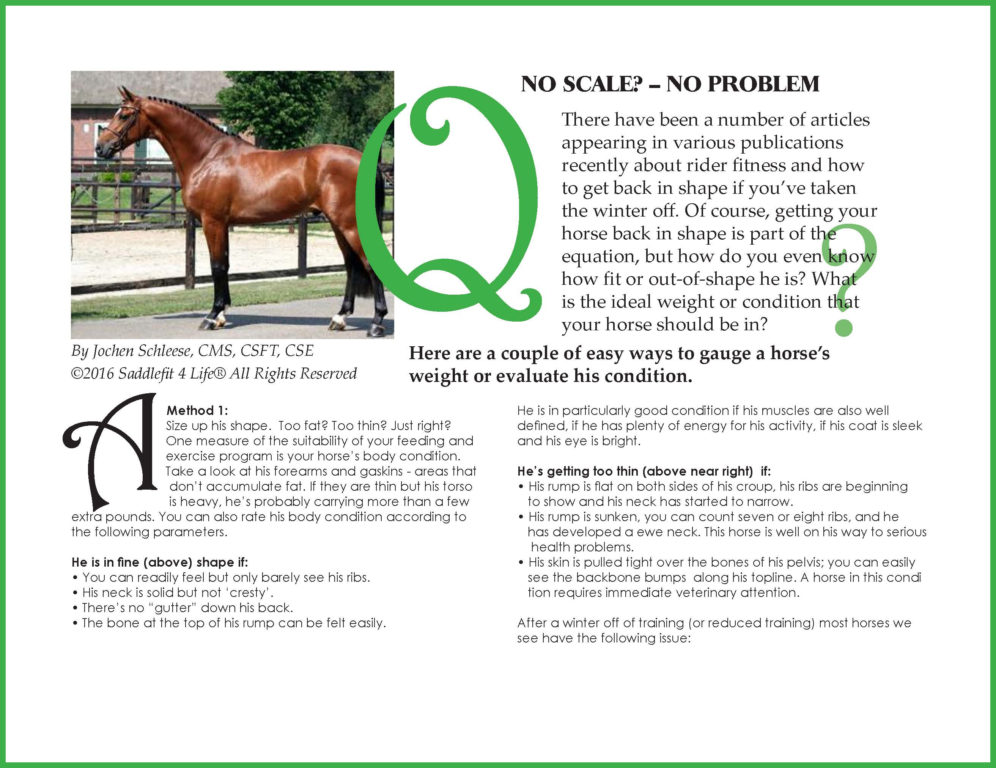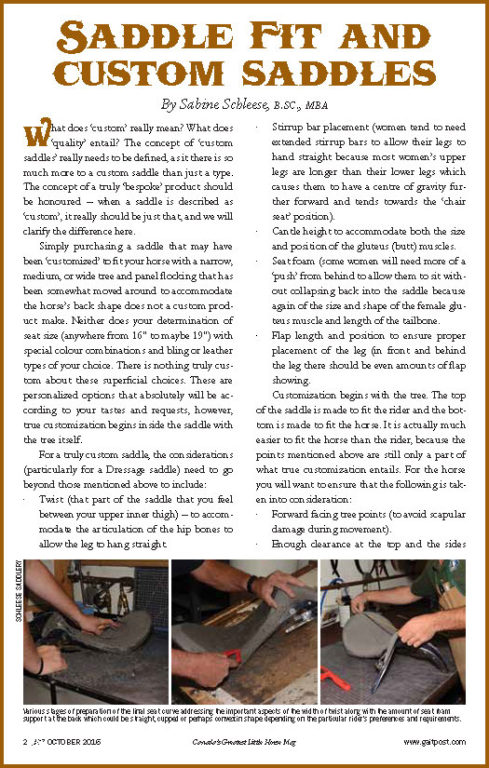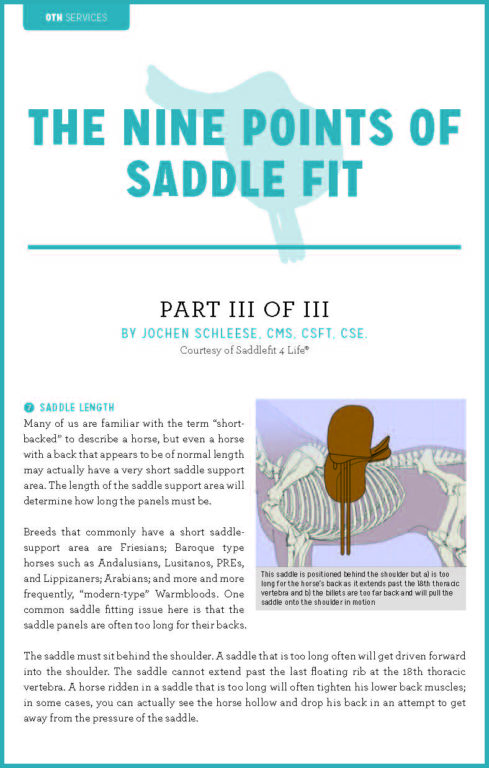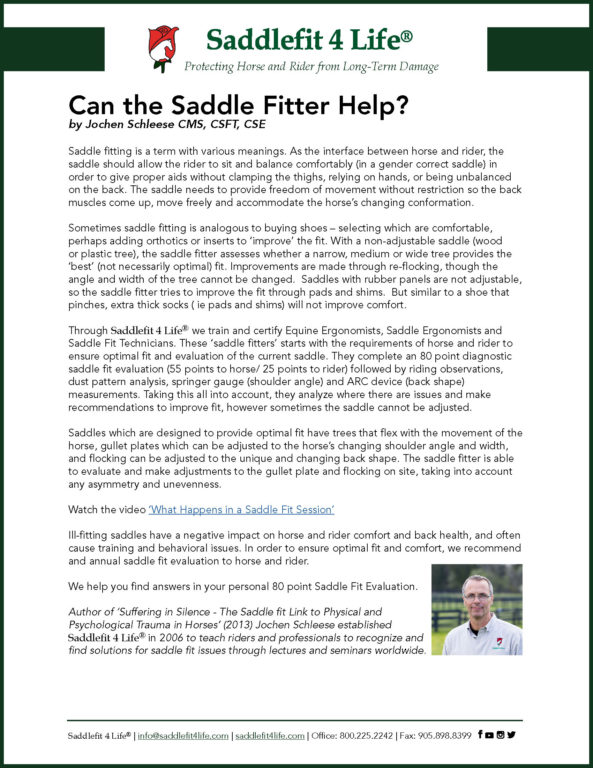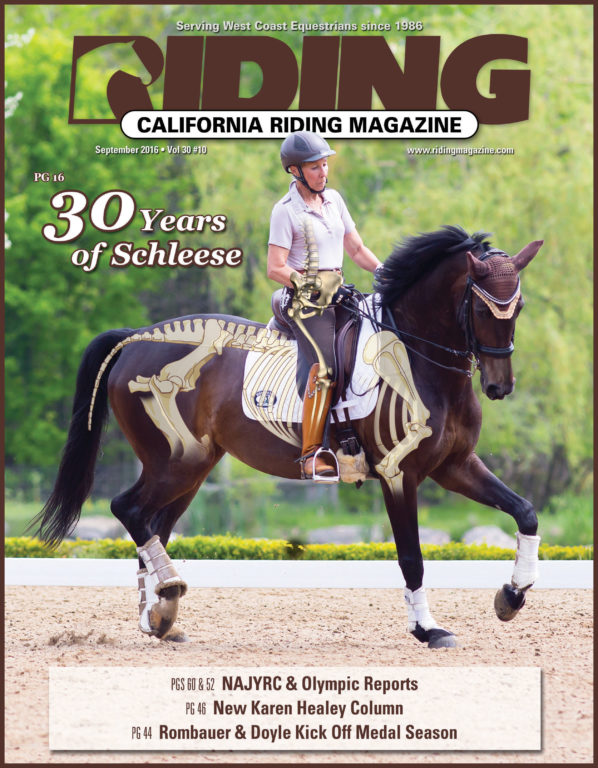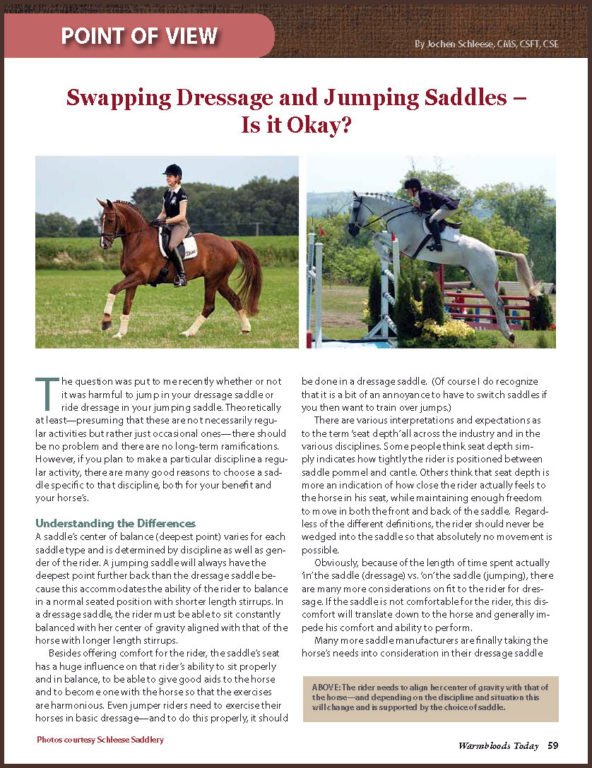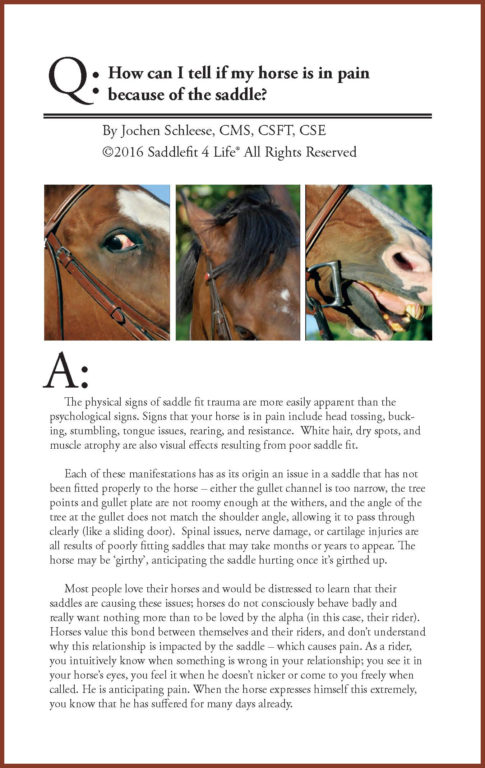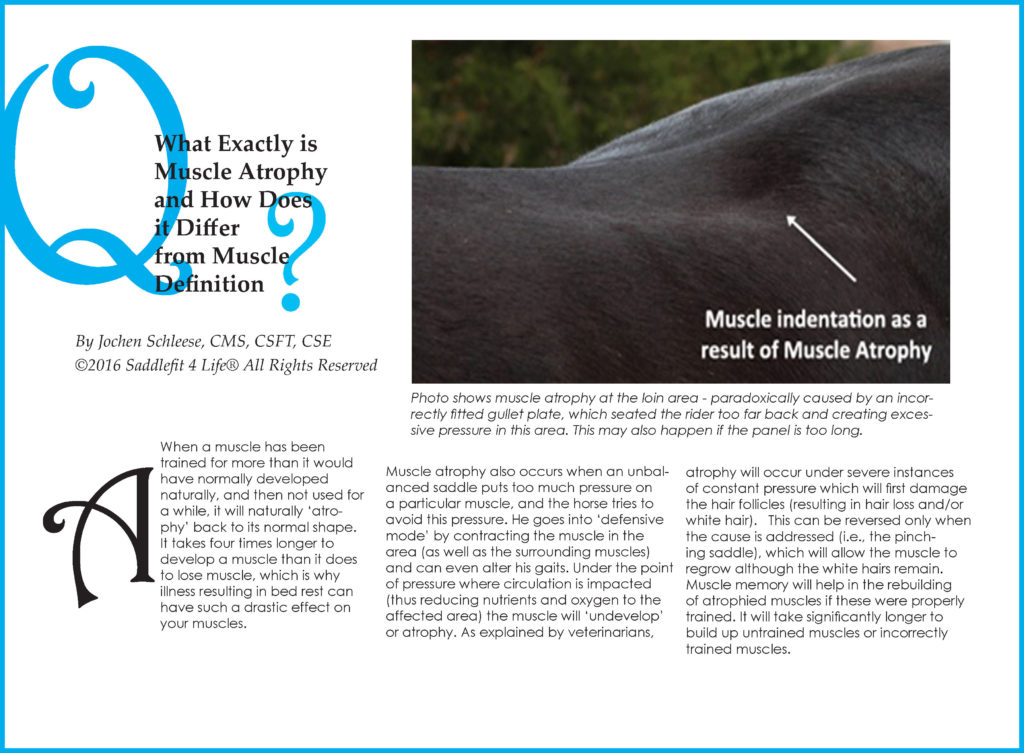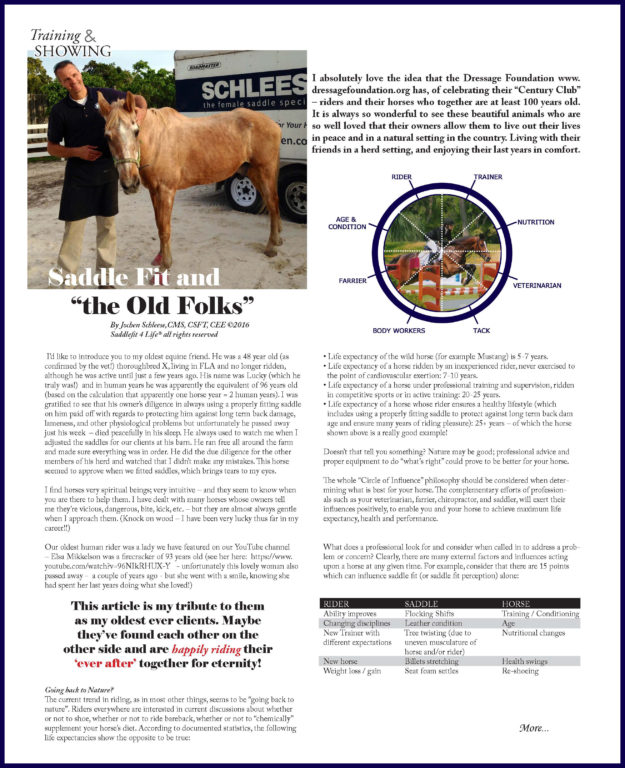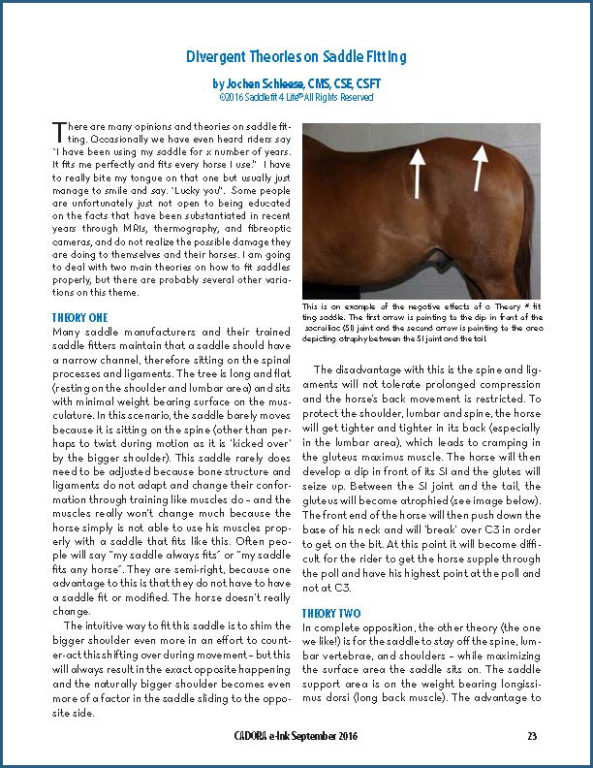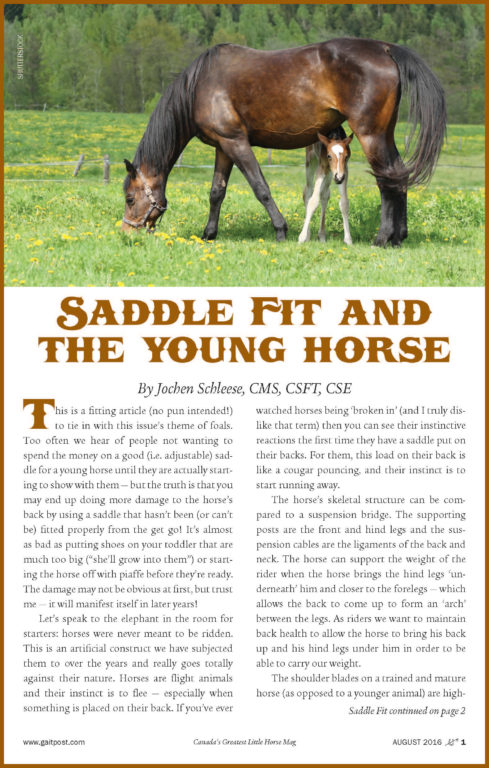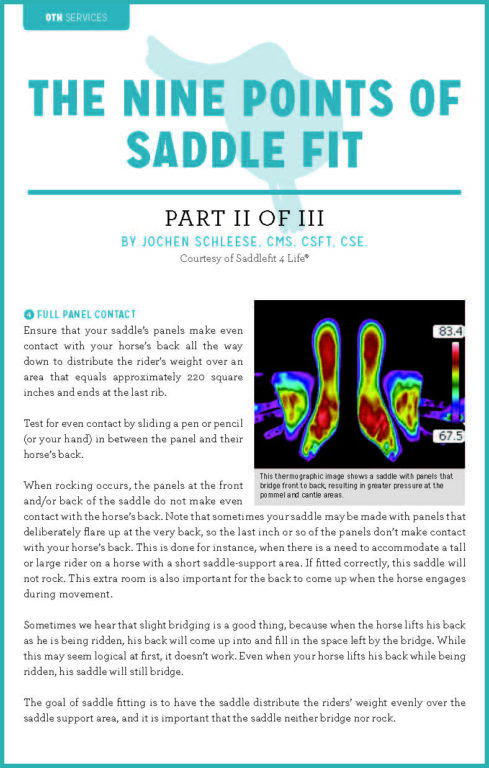- Equus Education BLOG - Your Horse Career Starts Here
Q: How much of your day/week is related to horses? A: The awesome thing about this question is there is rarely a day that goes by let alone a week that isn’t related to horses in one way or another. I can be on the road working as a Certified Saddle fit Technician for Schleese Saddlery from early mornings till late at night. Still somehow I end up at the barn where I board my horse even if it is just for a quick
brush or ride. I am also a Registered Equine Massage Therapist. When I am not fitting saddles or with my own horse, I might just be found at another barn treating a horse. Q: What is it exactly that you
do? A: Being a Certified Saddle Fit Technician, my role is creating the optimal saddle fit for horse and also rider. So there are certain territories that I travel along with a client success manager…

